The electric vehicle market is growing rapidly, and with it comes a unique set of insurance needs. Traditional auto insurance does not always cover the advanced components and higher repair costs associated with electric vehicles.
That’s why finding the best car insurance for electric vehicles in 2025 requires a different approach than choosing coverage for a gas-powered car.
As EV adoption becomes more mainstream, more insurers are creating tailored policies to fit the new technology, charging requirements, and long-term usage patterns. This guide will help you compare top options and understand what really matters when insuring your electric vehicle.
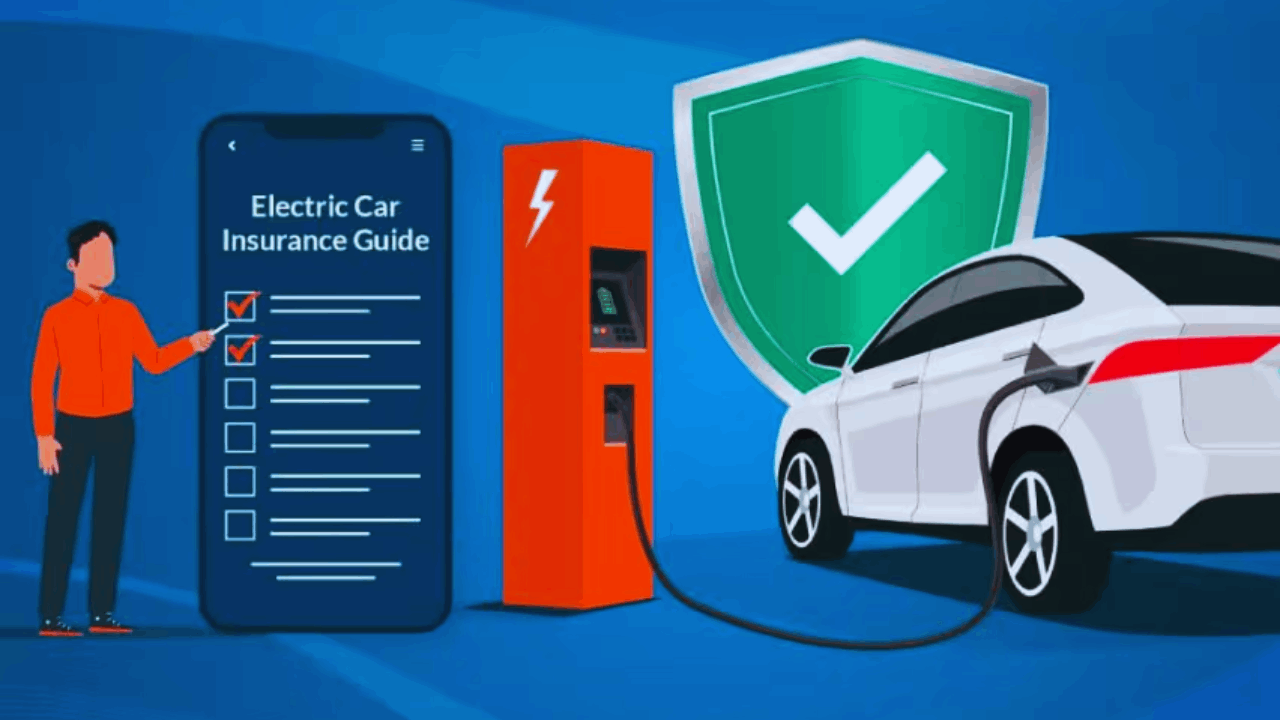
Why Electric Vehicle Insurance Needs Are Different
Electric cars bring new technology, new repair considerations, and often a higher upfront cost.
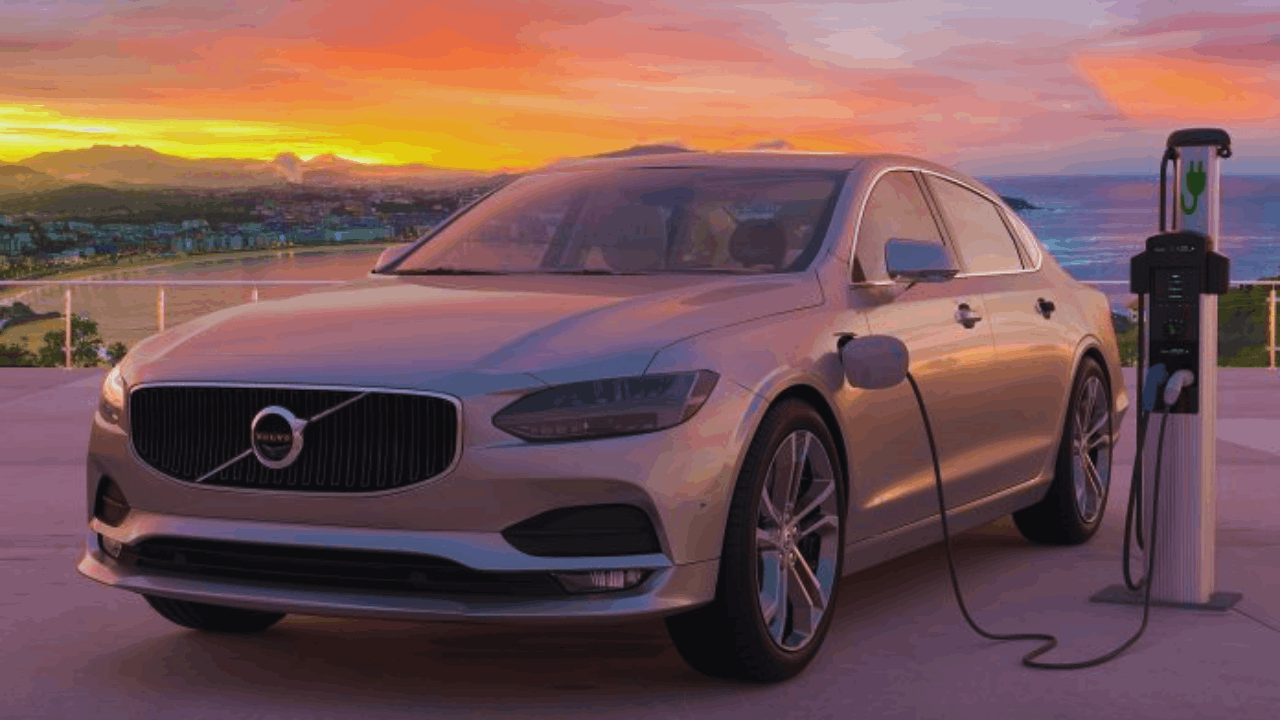
Insurance providers take all of that into account when calculating premiums and coverage limits. Batteries, sensors, and custom parts often make repairs more expensive and specialized.
Unlike traditional cars, EVs also require coverage that considers the risks of charging stations and software updates. These differences make standard insurance policies a poor fit in many cases.
Specialized Coverage for EV Components
Most insurers now recognize that the battery is the most valuable part of an electric vehicle. Replacement costs can be high, which means policies must include adequate protection for this specific component.
Some companies now offer battery-specific coverage as part of their EV packages. Others provide extended support for electronics, charging cables, and mobile software integration.
These features reflect the evolving nature of EV ownership and the need for insurance that understands how these cars operate differently.
What to Look For in the Best EV Insurance in 2025
Choosing the right policy is not just about finding the lowest premium.
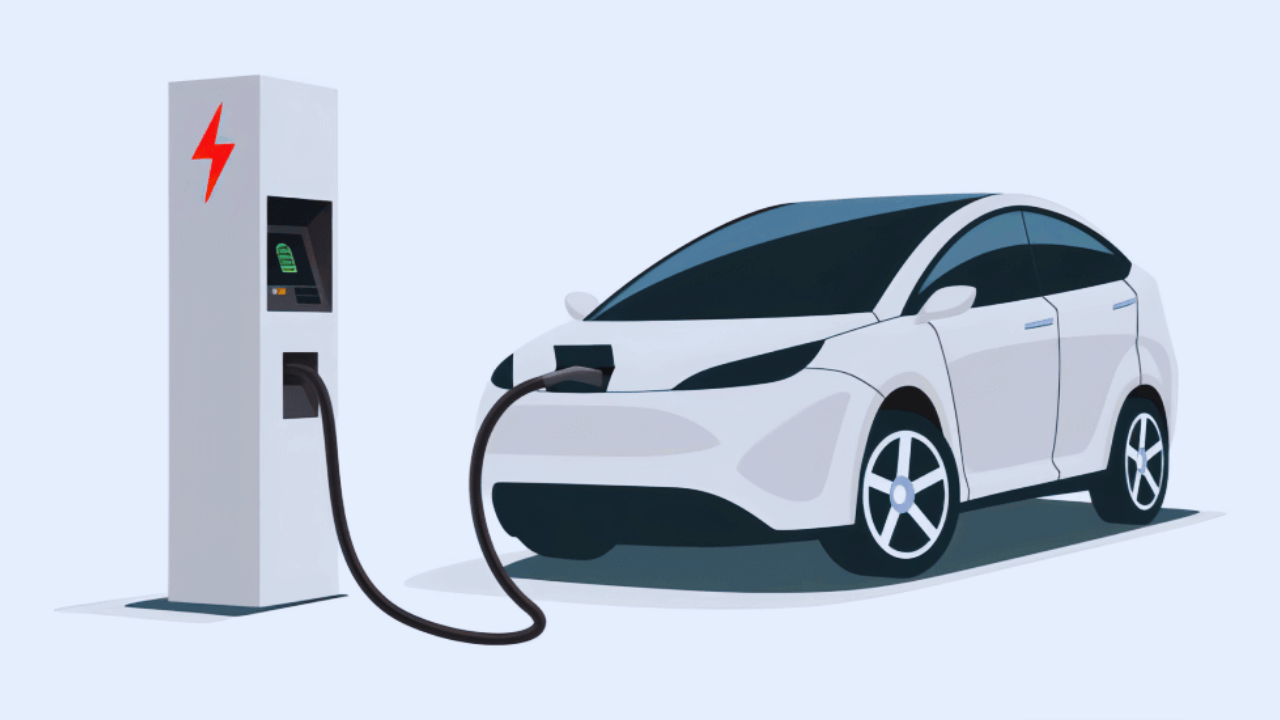
It’s about selecting a provider that understands EVs and supports owners with services designed for their specific needs.
A good policy will cover standard liability and collision, but it will also factor in things like roadside support for battery-related issues, charger damage, or remote diagnostics. In 2025, these extras are not just nice to have—they are essential.
Evaluating Policy Benefits That Matter for EVs
Coverage should include repairs for high-voltage systems, protection against charger damage, and flexibility for software-related claims. Some insurers even offer discounts for EV drivers because of their lower emissions and reduced accident risk.
Others include access to EV-certified repair shops. When comparing options, consider how each company supports maintenance, parts sourcing, and accident claims involving high-tech vehicles.
These details can influence long-term satisfaction just as much as the monthly rate.
Top Car Insurance Providers Offering EV Coverage in 2025
Several companies now lead the market in EV insurance by offering tailored protection and value-added services.

They recognize the growing demand and have designed packages to meet the expectations of tech-savvy, environmentally conscious drivers.
These insurers offer strong financial stability, excellent customer service, and deep experience in covering electric cars. Their ability to adapt to new technologies is a sign of their reliability in 2025.
Companies Standing Out for Electric Vehicle Coverage
Progressive has been recognized for offering competitive EV insurance rates with specialized repair coverage and access to trained technicians. GEICO provides flexible deductibles and has streamlined the claims process for newer EV models.
State Farm remains a solid choice due to its extensive network of repair facilities and consistently high customer satisfaction ratings.
Other insurers, including Allstate and Liberty Mutual, have begun rolling out EV-specific perks like coverage for wall chargers and renewable energy add-ons.
Understanding EV-Specific Insurance Costs
One of the biggest concerns for EV owners is cost. Premiums for electric vehicles tend to be slightly higher than traditional cars, mainly due to battery-related risks and advanced materials.
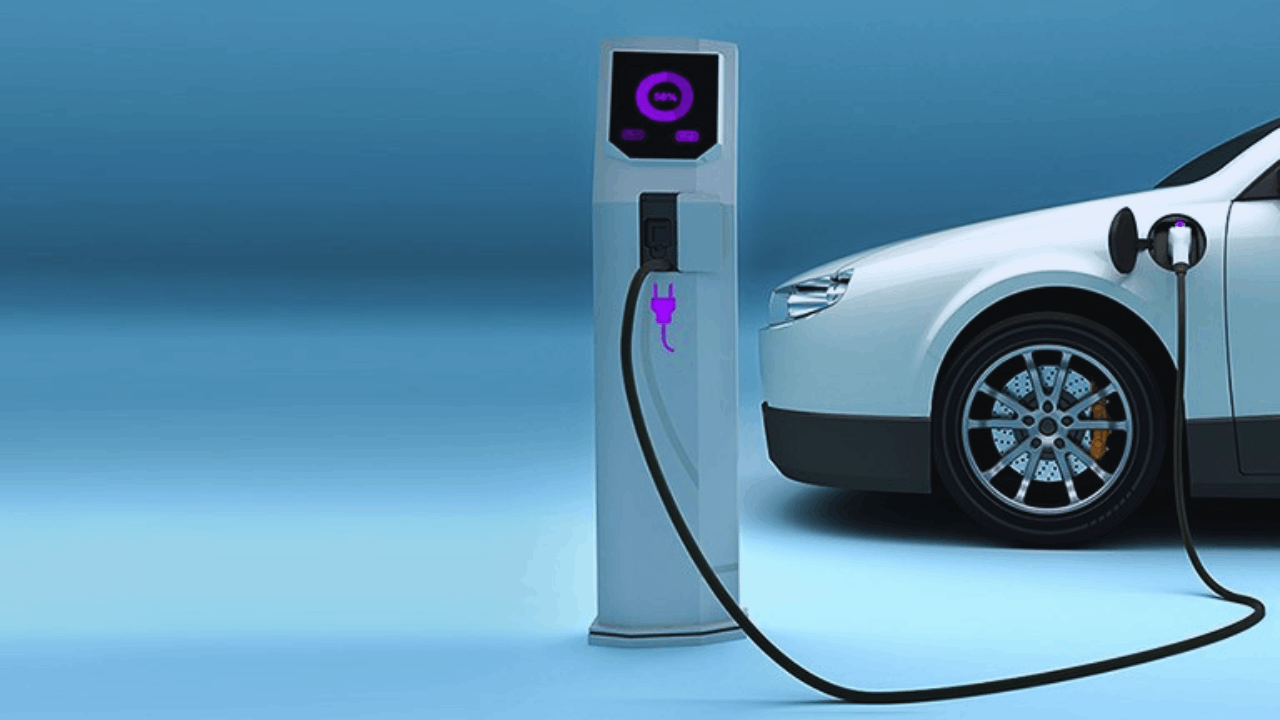
However, as EVs become more common and insurers gain more data, rates are gradually stabilizing.
Understanding why prices are different can help you avoid overpaying and ensure you’re getting a fair deal.
What Drives the Cost of EV Insurance in 2025
Battery replacement remains one of the most expensive potential claims, especially for high-performance EVs. Repair shops also charge more due to the need for certified mechanics and advanced diagnostic tools.
On the other hand, many EVs have fewer moving parts and lower maintenance needs overall. These factors often balance each other out, which is why comparing actual quotes is more useful than relying on general assumptions.
In many cases, insurers will offer a better rate if you install telematics or enroll in safe driving programs.
Factors to Consider Before Choosing an EV Insurance Policy
Before committing to a policy, it’s important to understand how the plan aligns with your lifestyle and driving habits.

A daily commuter in a city has different needs than someone who uses an EV for weekend road trips.
The size of your vehicle, your access to charging stations, and your driving range all impact the coverage features you’ll prioritize.
Good insurance is not just comprehensive—it’s also compatible with your routine.
Customizing Coverage to Match Your EV Lifestyle
If you rely on public charging, make sure your policy includes protection for cable theft or damage. If you often travel long distances, prioritize roadside services that include battery towing and destination assistance.
Owners who lease their vehicles might want gap insurance included, while homeowners may want coverage that extends to at-home charging equipment.
By considering your full EV lifestyle, you can identify policies that actually support your needs beyond basic damage coverage.
Digital Tools and Technology Benefits in EV Insurance
Many insurers now offer digital tools that enhance your EV ownership experience.
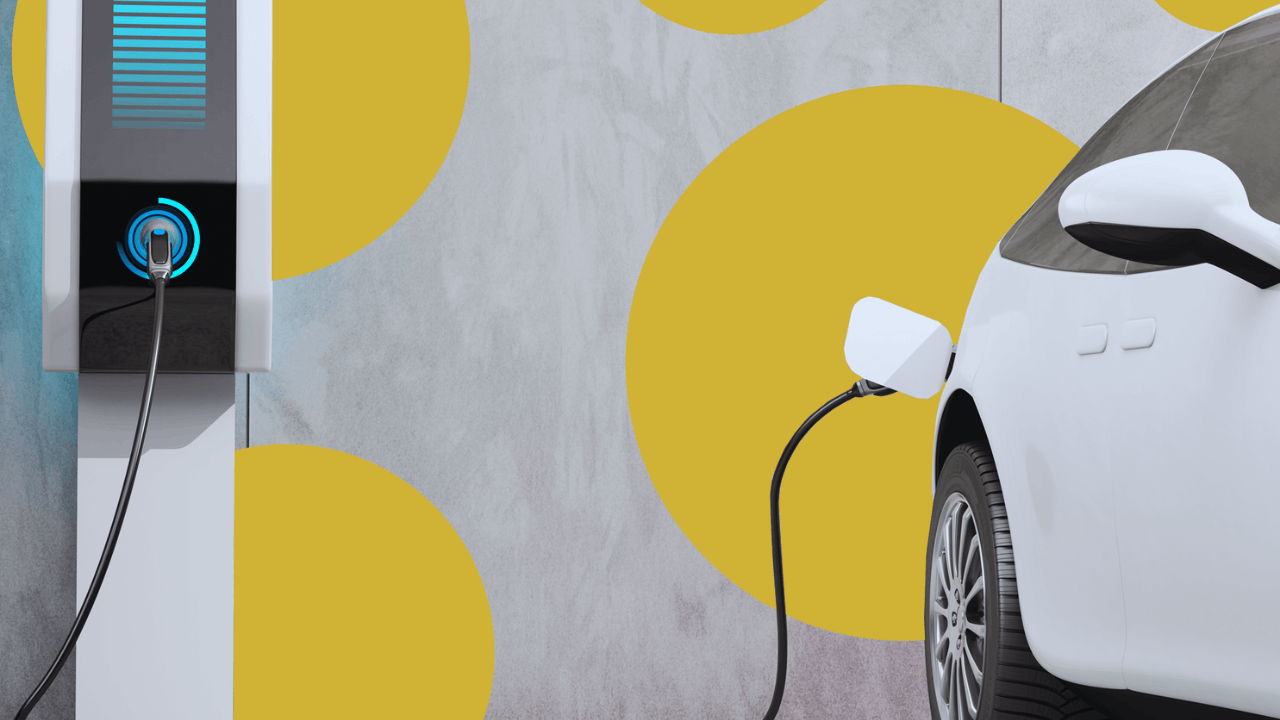
These tools include mobile apps for monitoring policies, filing claims, and accessing EV-specific resources.
In 2025, insurers are also using real-time diagnostics and connected car data to offer more personalized and accurate coverage.
These innovations make managing your policy easier and often help reduce costs over time.
How Smart Insurance Platforms Are Changing EV Coverage
Advanced apps can monitor your vehicle’s condition and alert the insurer in case of breakdowns or collisions. Some apps let you track your driving habits and reward you for efficient or safe driving.
Others provide instant quotes or automated repair scheduling directly through the app. These services are especially useful for EV owners who already manage much of their car use digitally.
Choosing a provider with smart tools is not just convenient—it can also improve the overall value of your policy.
The Impact of Charging Infrastructure on Your Insurance Needs
As electric vehicle charging infrastructure grows, it introduces both benefits and risks.

More chargers mean greater convenience, but also more exposure to theft, vandalism, and damage during public charging.
Some insurers have started to offer optional protection for these scenarios, particularly in urban or high-traffic areas.
Including this protection in your policy ensures that you’re covered no matter where you charge.
Why Charger and Cable Protection Is Essential
Public chargers are not always secure, and cables are frequently targeted for theft. Damage to charging ports, misuse by other users, or vandalism can lead to expensive repairs.
Policies that cover these events protect both the hardware and your access to energy while on the road.
At-home chargers can also be included in some policies, especially if professionally installed. These coverage details ensure that your power source is protected just like the vehicle itself.
Environmental Incentives That Can Lower Premiums
Some insurers now offer discounts or incentives for EV owners due to the environmental benefits of driving electric.
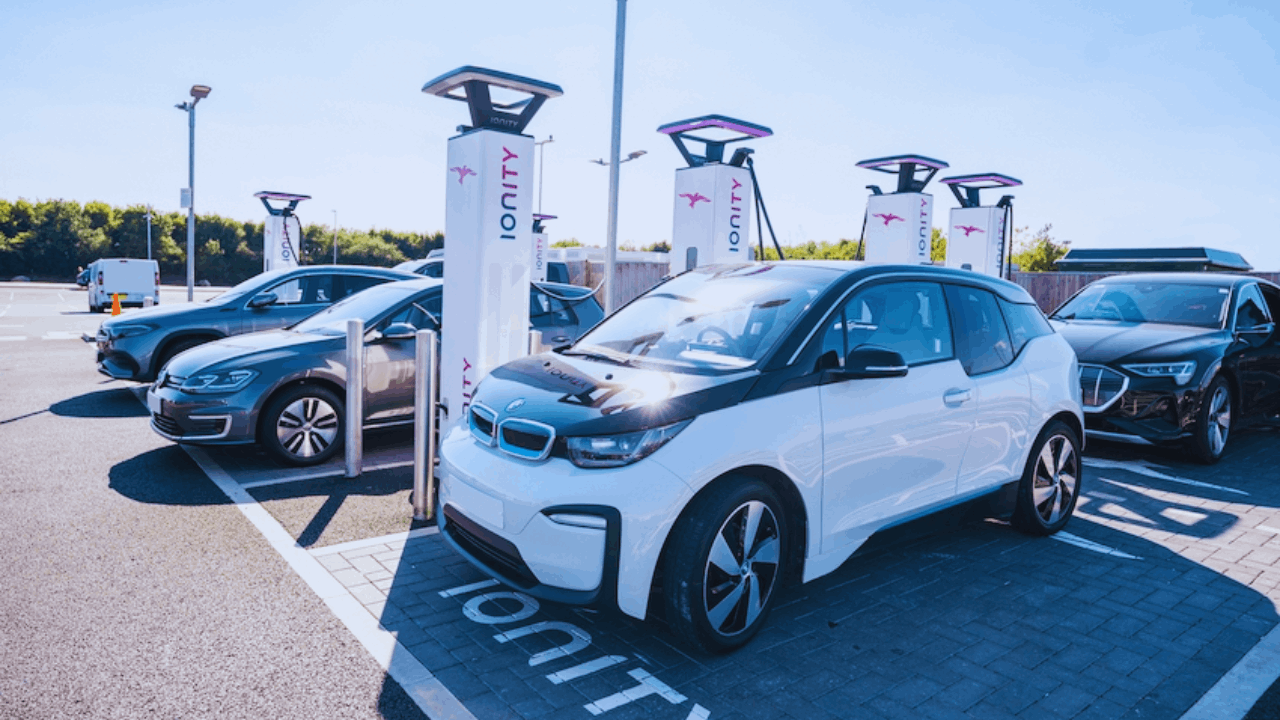
These perks include reduced premiums for low emissions, eco-friendly driving, and solar-powered charging.
As climate policy evolves, insurers are aligning their services with green initiatives. These incentives help you save money while supporting sustainability goals at the same time.
How Green Discounts Add Value to Your Policy
You may qualify for eco-discounts by driving an all-electric model, using renewable energy at home, or participating in low-mileage programs.
These incentives are often combined with other discounts, making them particularly attractive. They not only reduce the cost of your policy but also reward choices that reduce your carbon footprint.
As the insurance market adapts to green standards, expect these benefits to become even more widespread in the coming years.
Conclusion
As electric vehicles continue to evolve, so does the need for specialized insurance that fits their unique profile. Evaluate your options based on what matters most to you, from repair networks and battery coverage to charger protection and mobile tools.
The right provider will offer a balance of innovation, customer service, and financial security. By choosing carefully, you can enjoy the benefits of electric driving with confidence, knowing your insurance is built to keep up.










